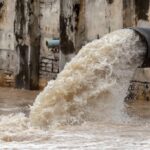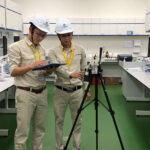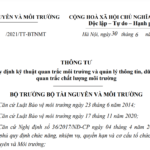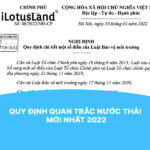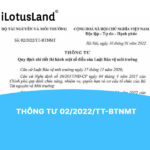According to a research, Vietnam ranks 36th out of 177 countries with the highest pollution levels globally. In large cities with dense populations like Hanoi and Ho Chi Minh City, serious air pollution is a significant challenge. This has a considerable impact on the health and quality of life of the population. A comprehensive air monitoring system is a necessary tool to manage the current state of air quality, providing appropriate solutions. Therefore, the Ministry of Natural Resources and Environment has announced the National Technical Regulation on Air Quality QCVN 05:2023/BTNMT, specifying requirements for parameters and equipment in monitoring the surrounding air quality.
Air Quality Monitoring
Ambient air monitoring involves systematically and long-term assessing the pollution levels by measuring the quantity and type of specific pollutants in the outdoor air. Systematic data collection and evaluation of air quality are essential for an effective air quality management system.
The main objectives of collecting data on monitoring the surrounding air quality include assessing pollution levels, providing timely air pollution data for businesses and the community, supporting the achievement of air quality goals or standards, and evaluating the effectiveness of emission control strategies. This information provides insights into the current status and changes in air quality, supporting research efforts, such as studies on the health impacts of air pollution.
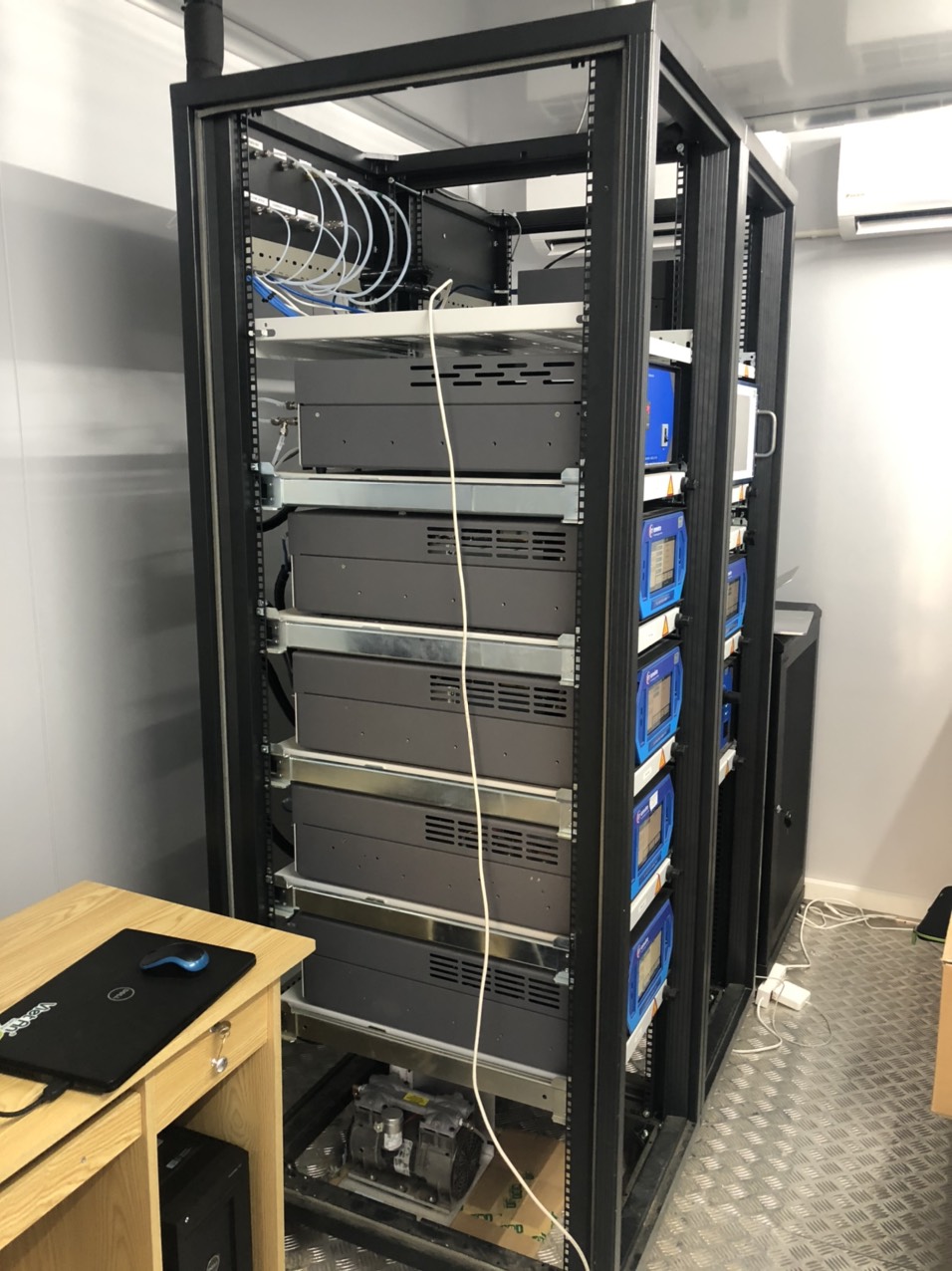
Standard analysis parameters for Ambient air monitoring
There are eight basic parameters of continuously monitored air pollutants: sulfur dioxide (SO2), carbon monoxide (CO), nitrogen dioxide (NO2), ozone (O3), total suspended particulates (TSP), PM10 particulate matter, PM2.5 particulate matter, and lead (Pb). These gases and particulates are among the major contributors to serious health issues, leading to acute and chronic respiratory diseases.
In addition to the basic air quality analysis and monitoring devices, the air monitoring system also needs to be equipped with additional meteorological parameters analysis equipment, such as measuring humidity, temperature, atmospheric pressure, rainfall, wind direction, and wind speed. These are mandatory parameters to be measured at the monitoring site.
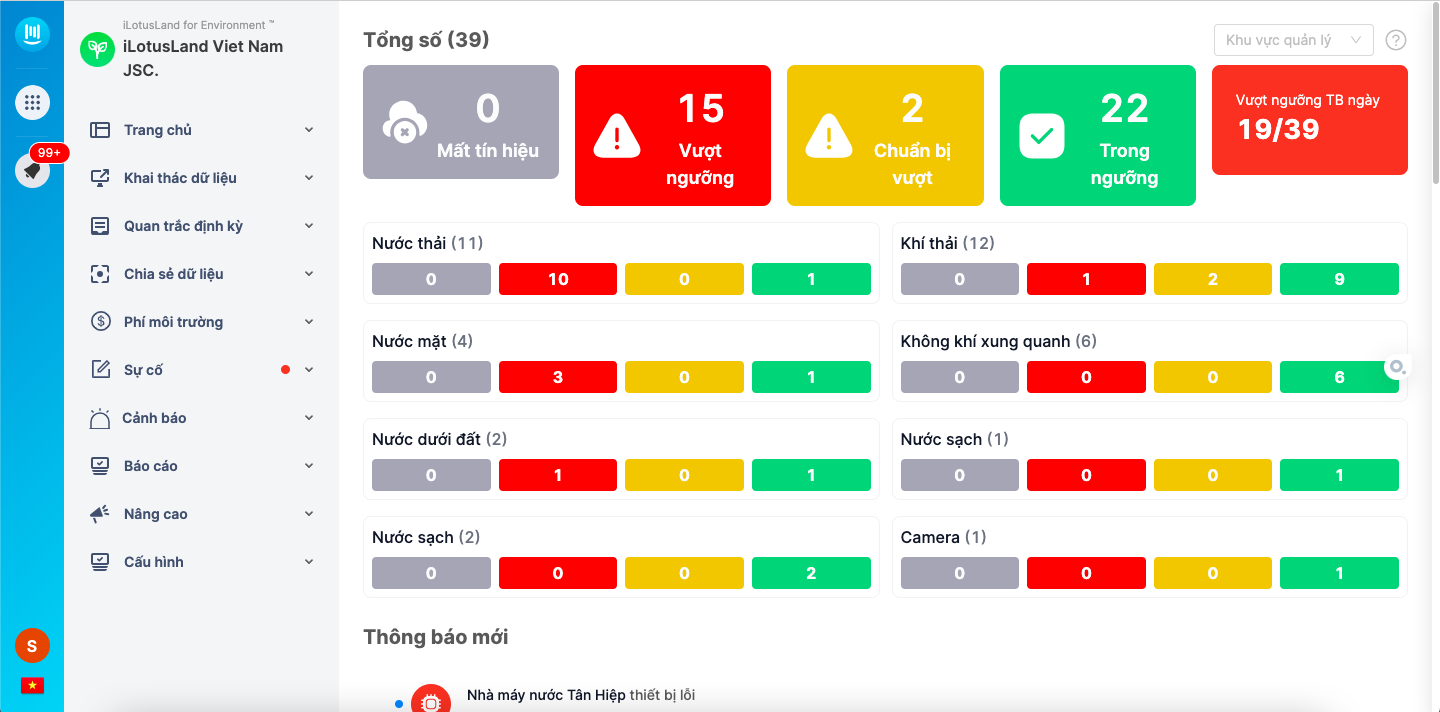
National Technical Regulation on Air Quality
The Ministry of Natural Resources and Environment has issued the National Technical Regulation on Air Quality (QCVN 05:2023/BTNMT), replacing QCVN 05:2013/BTNMT and QCVN 06:2009/BTNMT. This regulation defines the maximum limit values for basic parameters and harmful parameters in the surrounding air.
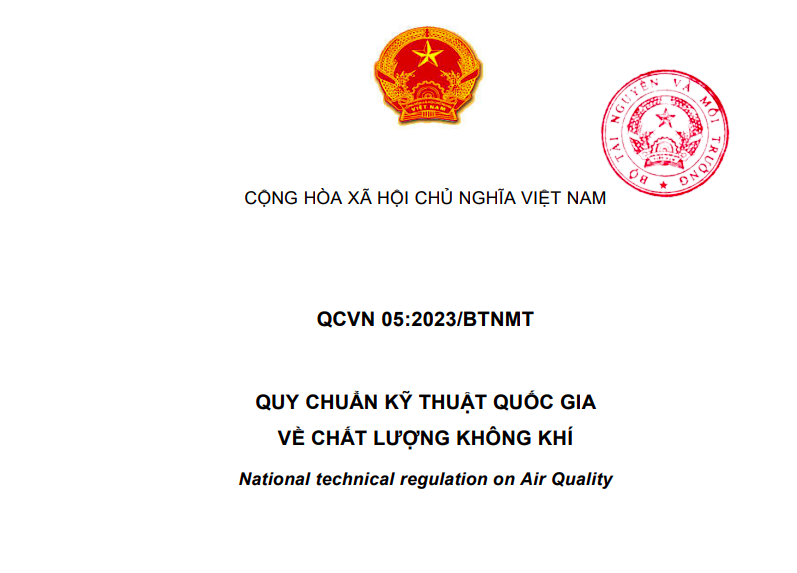
In which, the regulation stipulates the maximum limit values for basic parameters, including SO2, CO, NO2, O3, total suspended particulates, PM10 particulate matter, PM2.5 particulate matter, and harmful parameters in the surrounding air, for state environmental management agencies and all organizations, community residents, households, and individuals engaging in activities related to air quality within the territory of Vietnam to comply with. The limit values for these parameters are specified in terms of 1-hour, 8-hour, 24-hour averages, and annual averages.
In terms of basic parameter maximum limit values, for example, the concentration of SO2 should not exceed 350 µg/Nm3/hour and 50 µg/Nm3/year; CO concentration should not exceed 30,000 µg/Nm3/hour and 10,000 µg/Nm3/8 hours; NO2 and O3 concentrations should not exceed 200 µg/Nm3/hour; TSP concentration should not exceed 300 µg/Nm3/hour, 200 µg/Nm3/24 hours, and the annual average should not exceed 100 µg/Nm3. The concentration of PM10 should not exceed 100 µg/Nm3/24 hours and 50 µg/Nm3/year. The annual average concentration of PM2.5 should not exceed 25 µg/Nm3.
For harmful parameters in the surrounding air, the regulation specifies limits for 37 parameters, including 17 inorganic compound groups (heavy metals, acid vapor, alkaline vapor, asbestos, respirable crystalline silica) and 12 organic compound groups, along with 8 nuisance odor compound groups. The regulation excludes the provision of annual average limit values.
Regarding determination methods, the regulation allows the application of methods specified in the National Technical Regulation or those outlined in Circular 10/2023/TT-BTNMT. Continuous air quality monitoring devices can also be used, meeting the technical characteristics requirements stipulated by the law.
The regulation emphasizes that periodic or continuous air quality monitoring and the use of monitoring results to directly provide and disclose environmental quality information to the community must be carried out by organizations that meet the environmental monitoring capacity requirements specified by law.
iLotusLand – Environmental Data Management Software
iLotusLand software is a solution for measuring and reporting parameters from the monitoring system, while analyzing environmental monitoring data using IoT technology. Measurement indicators are continuously reported in real-time and transparently disclosed, enabling people to monitor air quality to protect their health. Additionally, the data collected helps government agencies and businesses make informed decisions in monitoring and managing the surrounding air quality.
With a mission to protect our environment and natural ecosystems in the best way possible, iLotusLand, with its highly qualified technical team, is committed to advising, designing, and installing for customers an automated, comprehensive environmental monitoring data system that is easy to install and operate stably.
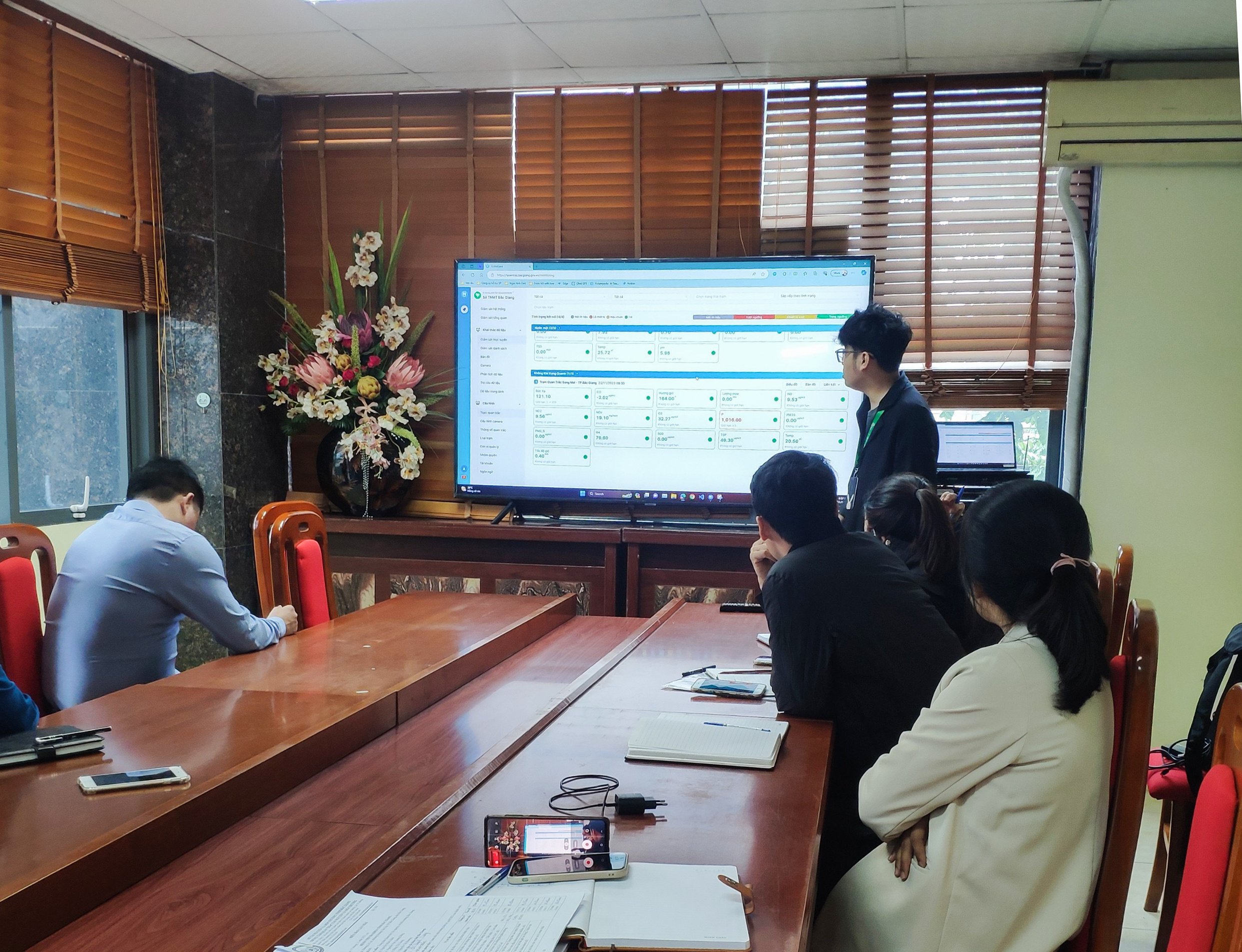
With over 9 years of experience, iLotusLand has successfully provided solutions for many businesses in and outside the country. iLotusLand has connected over 1000 monitoring stations, applied to over 600 FDI factories, industrial zones, and state agencies, departments, and ministries on environmental matters. In addition, iLotusLand has exported software to 6 markets: India, Myanmar, Malaysia, Indonesia, UAE, and Ukraine.
Contact us for the most up-to-date information about our product!
For further information, please contact:
Email: [email protected].
Hotline: +84 909 403 778
Facebook: iLotusLand – Leading in Industrial IoT Solutions
Linked in: iLotusLand – The 1st IoT Platform in Vietnam

